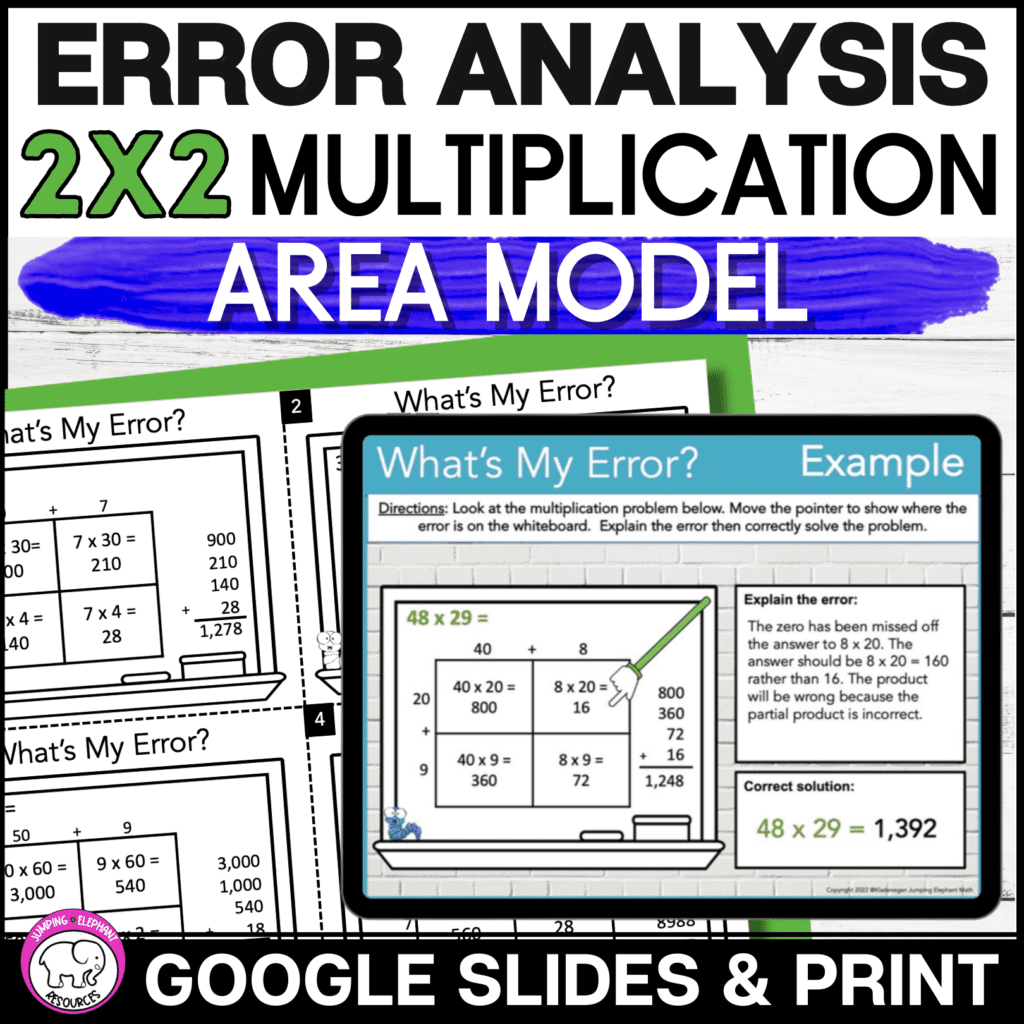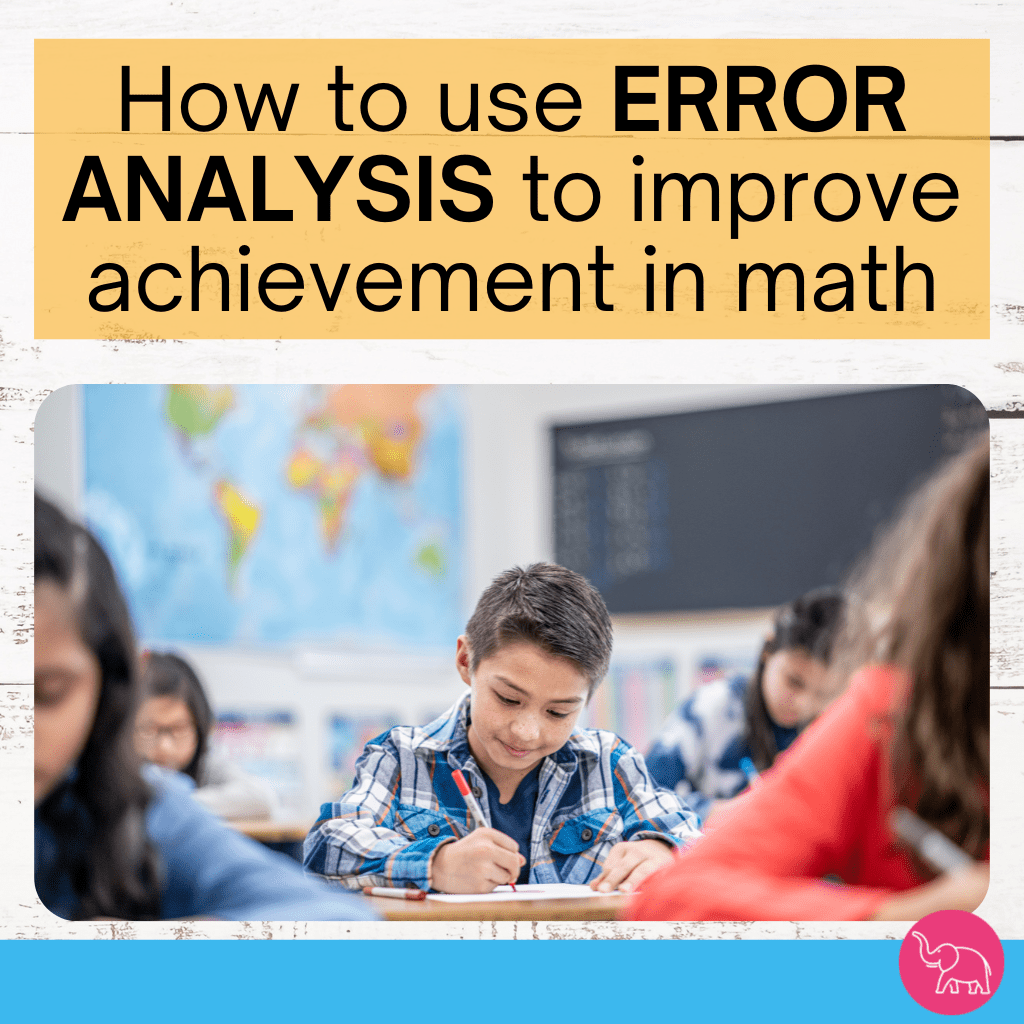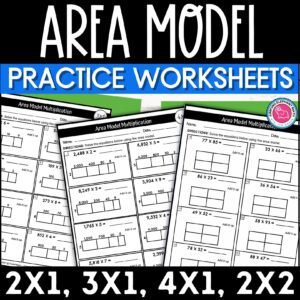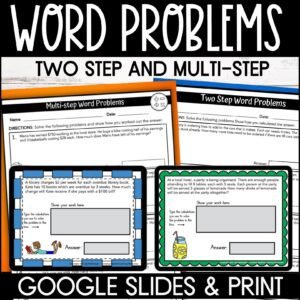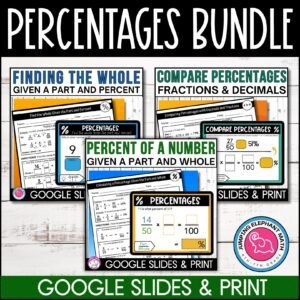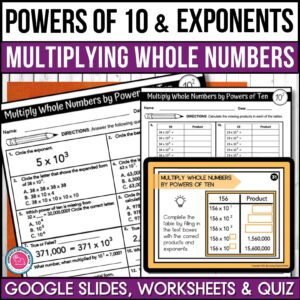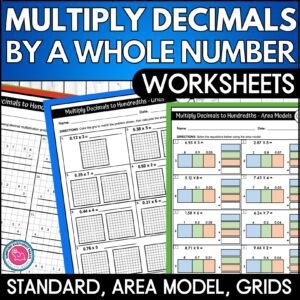Error Analysis as a Math Activity
Error analysis math questions give teachers an opportunity to discover the overall understanding of a math concept and help students reflect. I have always believed that error analysis for upper elementary math is an incredibly important part of improving and learning. These activities are about discovery and a way to strengthen math reasoning skills. It enables students to see errors as a springboard for growth.
It’s an inclusive method that reinforces the idea that making a mistake is not a reflection of individual capability but a shared part of the learning process.
Within my class, it has proven instrumental in fostering a collaborative and supportive classroom environment. I love the dialogue and discussion that error analysis creates in the classroom and the enthusiasm and willingness that even my most hardened mathphobics have towards attempting these questions.
So here are the ways I use this method to raise achievement:
Test Preparation
By using math error analysis activities before a test, you can identify any common misconceptions that need to be revised. Are they conceptual, procedural or factual errors? This helps me to group students for interventions and target practice and revision sessions.
Test Paper Analysis
After I grade papers, I usually find a particular area of math or style of question has caused students some difficulty. I use this to information to adjust my lesson planning and math interventions. My own personal preference for upper elementary is to thread error analysis through my topic plans and adjust these to meet class needs.
Error Analysis on test papers has value for the following reasons:
- To present conceptual, factual and procedural errors.
- To help students avoid similar mistakes in the future.
- To ensure that students don’t feel alone in their misconceptions or mistakes.
- To reinforce the need for checking through their papers.
- To enable student reflection – what do I need to do differently, what did I do well?
Plan Math Interventions
After I use error analysis math tasks, I can create a very targeted learning intervention for struggling math learners. These are designed to be delivered at their pace and in the way that suits their learning style. I find it’s a great method for identifying strengths and to promote these too.
To Improve My Own Teaching
We reflect so much in teaching you would think error analysis activities were made for us! I gain a much greater insight into how I am better able to meet needs.
I’ve found for example that if I’m spotting a pattern of basic number fact errors then I may add in extra fluency activities or if there is a pattern of conceptual misunderstandings, I may use more visual and concrete examples to build understanding.
I’d love to hear about the ways error analysis has helped your teaching improve. Get in touch and let me know!
Why not have a look at some of the error analysis activities I’ve designed for math lessons? Click here to go to my store or on the image below.
